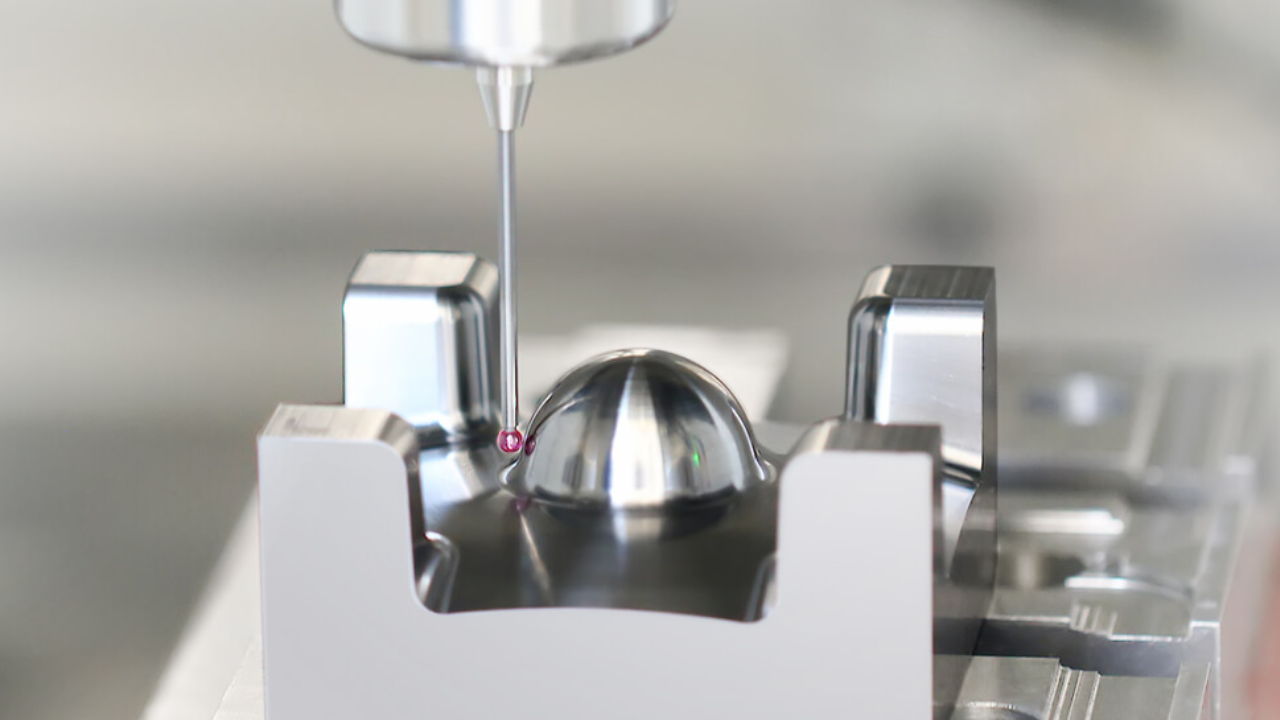Machining precision can be defined as the degree of accuracy and repeatability that a machining process can achieve to produce a thing with the desired dimensions and properties. Manufacturing quality is a crucial concern, especially for sectors where impeccable finishes and precise tolerances are crucial.
Since the size of machined elements may be precisely controlled, the precision of machining is commonly expressed in micrometers, or possibly nanometers. A few of the factors that affect machining precision are the capabilities of the machine tool, the remarkable equipment reduction, the stability of the machining environment, and the efficacy of the control systems.
To ensure correct operation, minimize variations in the produced components, and meet assembly format requirements, high machining precision is essential. These factors ultimately add to the overall superiority and dependability of synthetic components.
Precision Machining Depends on On-Machine Inspection
We explore the symbiotic dating among precision machining and on-gadget inspection, highlighting why real-time inspection is important for reaching and retaining the exacting requirements demanded by way of contemporary manufacturing.
Achieving Tight Tolerances
Precision machining includes the manufacturing of components with extraordinarily tight tolerances, often in the micrometer or even nanometer variety. On-machine inspection permits producers to monitor and alter machining parameters dynamically, making sure that the finished product conforms to designated dimensional necessities. Actual-time remarks are critical in keeping off deviations from the preferred tolerances, preventing highly-priced mistakes that can stand up at some stage in the manufacturing system.
Continuous Process Monitoring
The machining process may be continuously observed thanks to on-machine inspection. Conventional post-machining inspection techniques have the potential to identify mistakes after several components have been produced, resulting in a substantial waste of labor and materials. By ensuring that any deviations from the original design are quickly found and fixed throughout the machining process, real-time inspection lowers the possibility of generating defective parts.
Enhanced Quality Control
On-machine inspection is essential to upholding and improving quality standards, and quality control is the cornerstone of precision machining. Manufacturers can ensure that every product satisfies the strict quality requirements required by industries like aerospace, medical, and automotive by integrating inspection instruments directly into the machining process. This allows manufacturers to evaluate important dimensions and surface finishes in real time.
Lowering Scrap and Rework Expenses
By lowering the frequency of flaws and out-of-spec items, on-machine inspection helps to minimize scrap and rework expenses. By identifying and fixing problems throughout the machining process, production costs can be decreased overall and entire batches of defective components can be avoided.
Increasing Productivity and Efficiency
Precision machining’s overall productivity and efficiency are improved by the integration of on-machine inspection technologies. There may be downtime associated with traditional inspection techniques, which require removing machine parts for measurement. By taking measurements without stopping the machining process, on-machine inspection reduces downtime and creates a more streamlined and effective production flow.
Adaptive Machining Methods
The application of adaptive machining methods is made possible by on-machine inspection. The machining process can dynamically adapt based on real-time feedback from inspection instruments, instead of depending on predetermined settings. When working with materials that display variances or when machining circumstances vary during production, this adaptability is especially helpful.
Making Decisions Based on Data
A multitude of data is produced by on-machine inspection, which can be examined to improve machining procedures. Manufacturers may find trends, patterns, and opportunities for improvement using this data-driven strategy. Manufacturers may continuously improve the efficiency and quality of their machining processes by refining their decisions through the use of historical and real-time data.
Better Maintenance and Tool Life Planning
Predictive maintenance and extended tool life are two benefits of on-machine inspection. Real-time tool wear monitoring enables prompt replacements, averting unplanned tool failures that might result in machined part flaws. By using inspection data to inform proactive maintenance planning, unplanned downtime is decreased and overall machine reliability is improved.
Conclusion
The on-machine inspection provides real-time feedback for precision machining, allowing for quick modifications and precise tolerance adherence. This dynamic process highlights the critical dependency between precision machining and on-machine inspection in contemporary manufacturing by lowering scrap, improving quality control, and facilitating the effective production of high-precision components.
